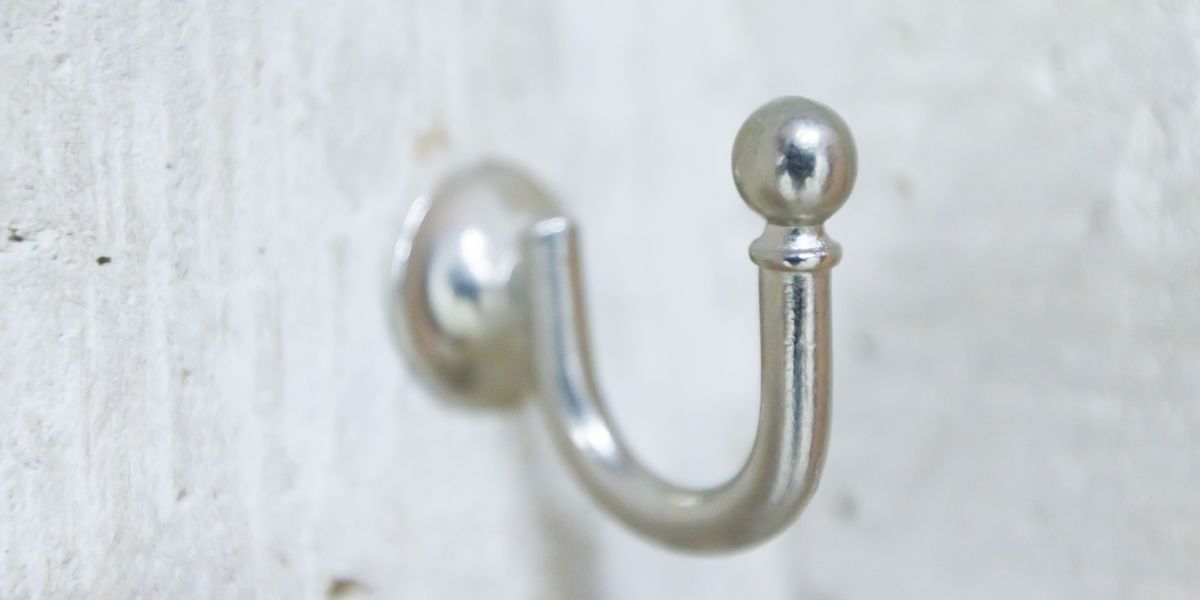Retail success depends on how effectively products are presented to customers. Properly organized displays capture attention, guide purchasing decisions, and increase sales. Display Hooks are essential tools that improve product visibility by creating structured and appealing layouts. Their ability to maximize space and present merchandise in a clear manner makes them an important fixture in modern retail environments.
Understanding Display Hooks
Display hooks are fixtures made of durable metal or plastic, designed to hold and display merchandise on pegboards, slatwalls, or gridwalls. They come in various lengths, thicknesses, and designs to support different product types. Their role extends beyond holding items; they organize merchandise in a way that enhances visibility and improves accessibility for customers.
Retailers use display hooks to ensure products are presented in an orderly fashion. This prevents overcrowding, protects packaging, and creates a professional look that attracts customer attention.
The Importance of Product Visibility
Product visibility directly affects purchasing behavior. Items that are clearly displayed are more likely to be noticed and selected. Research shows that customers spend only a few seconds scanning displays before deciding whether to engage. If products are hidden in clutter, the chance of making a sale decreases.
Display hooks solve this issue by elevating products into clear sightlines. Hanging items at eye level or within comfortable reach increases interaction and encourages impulse buying. Enhanced visibility also allows customers to compare options quickly, which improves their shopping experience.
How Display Hooks Improve Store Layout
Display hooks help retailers use vertical space efficiently. Instead of crowding shelves, merchandise is spread across panels, creating an uncluttered environment. This organization allows stores to display more items without consuming additional floor area.
They also create structured arrangements that make navigation easier. Grouping similar products together on hooks allows customers to find what they need with minimal effort. A well-ordered display reduces confusion and supports faster decision-making.
Types of Display Hooks for Better Visibility
Different types of display hooks are designed to enhance visibility across various retail settings.
- Pegboard hooks: Commonly used for lightweight products in hardware stores, pharmacies, and supermarkets.
- Slatwall hooks: Designed for slatwall panels, suitable for heavier merchandise such as tools and accessories.
- Gridwall hooks: Flexible hooks that attach to wire grids, often used in temporary or mobile displays.
- Scan hooks: Equipped with label holders, making pricing and product information visible to customers.
Each type contributes to improved presentation by ensuring items are organized, stable, and easy to identify.
Display Hooks and Customer Engagement
Organized displays encourage customers to engage with products. When merchandise is neatly arranged, customers can browse without frustration. Display hooks position items in ways that attract attention, especially when placed at eye level.
Hooks with labeling options also improve clarity. Customers can quickly see prices and product details, reducing the need to seek staff assistance. This transparency builds trust and leads to smoother transactions.
Factors to Consider When Using Display Hooks
Several factors influence how effectively display hooks enhance visibility.
Product weight: Heavier items require sturdy metal hooks, while lightweight goods can be placed on plastic versions.
Hook length: Longer hooks allow multiple items to be displayed but must be balanced with available aisle space.
Panel compatibility: Pegboard, slatwall, and gridwall systems require specific hook designs for secure attachment.
Safety features: Rounded ends or protective caps prevent injuries and protect packaging from damage.
These considerations ensure hooks are used safely and effectively to improve visibility.
Best Practices for Using Display Hooks
To maximize product visibility, items should be grouped by category, size, or brand. Hooks should not be overloaded, as this reduces clarity and may damage packaging. Pricing labels must be kept visible and updated regularly.
Regular maintenance is important. Hooks should be checked to ensure they remain secure and aligned. Clean and well-organized displays create a professional appearance that enhances customer trust and encourages repeat visits.
FAQ on Display Hooks
How do display hooks increase product visibility?
They raise products into clear sightlines, keep items organized, and reduce clutter that hides merchandise.
Which type of display hook is best for heavy products?
Slatwall and heavy-duty metal hooks are most suitable for supporting heavier items.
Can display hooks improve customer shopping experience?
Yes, they make products easier to locate, improve pricing clarity, and create organized displays that save time.
Do display hooks fit all display panels?
No, hooks are designed for specific systems such as pegboards, slatwalls, or gridwalls, and must be chosen accordingly.
Are display hooks cost-effective for retailers?
Yes, they are affordable fixtures that improve organization, product visibility, and ultimately sales performance.
Conclusion
Display hooks are essential fixtures that enhance product visibility in retail stores. They help maximize space, organize merchandise, and create professional displays that attract customers. By improving product placement and reducing clutter, hooks increase engagement and support purchasing decisions. With different types available for specific systems, retailers can select hooks that best suit their needs. Display hooks transform ordinary layouts into structured and appealing presentations that drive sales and improve customer experience.
